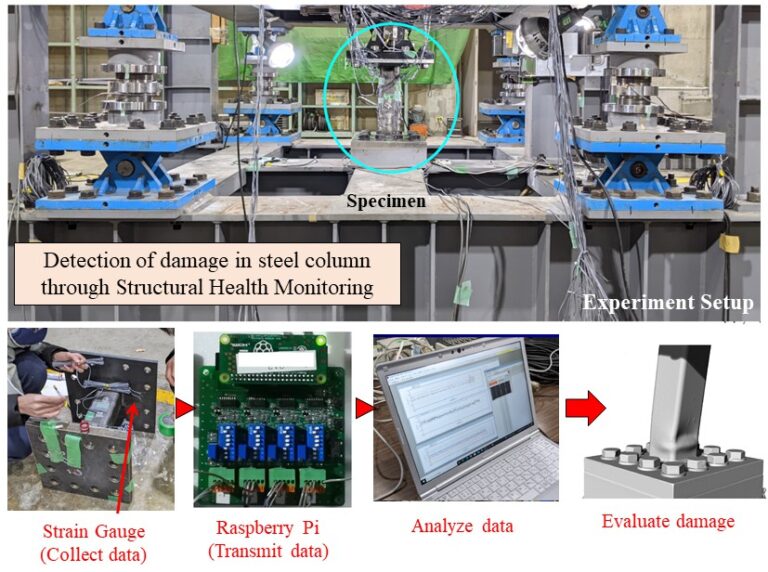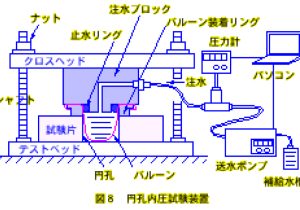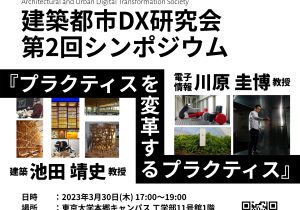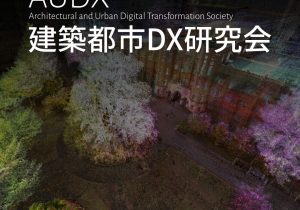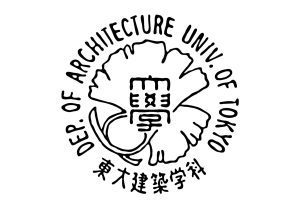Steel Structure Lab (Yamada & Iyama)
Building a more resilient steel structure
Research Theme
Our laboratory focuses mainly on steel structure, with research ranging from investigating the property of steel as building material to evaluating the performance of steel members and connections within steel frames, as well as assessing the seismic behavior of steel structures as a whole. Our research is conducted through both experimental work (shaking table test, static loading test, etc.) and analytical work (FEM, numerical modelling, etc.).
Seismic resilience of steel structure
Current seismic design stipulates buildings must not collapse under severe earthquake. While this design philosophy aims to protect human lives, it fails to consider the livelihood of people right after the earthquakes. Damage to buildings after the earthquake may be significant enough that those buildings may no longer be safe to be occupied, thus making evacuation necessary. Moreover, the damage sustained by the buildings is often costly to repair so the structures may be demolished instead, even though the risk of collapse is minimal. Therefore, we aim to realize more resilient steel buildings that can be continuously used even after a severe earthquake.
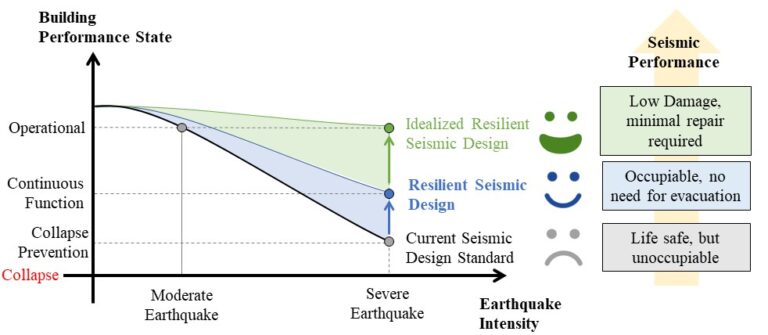
Achieving resilience through development of seismic damage mitigation technology
Our research focus on both the development of novel design as well as improvement to the three main seismic damage mitigation technologies, namely seismic-resistant, vibration control, and seismic isolation.


Improving resiliency of conventional seismic design
In addition to developing new mitigation technology, our laboratory also aims to identify issues within the current practice of conventional seismic design and propose appropriate amendment.

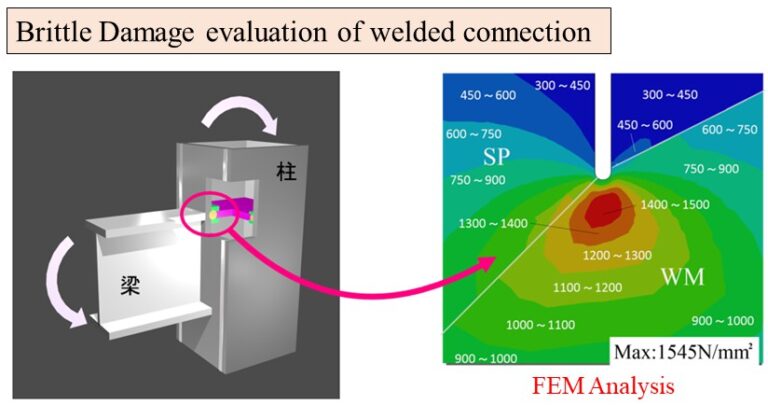
Resilience through structural health monitoring
Seismic resilience is not solely about providing structural safety to buildings, but also peace of mind for the residents. Therefore, our laboratory conduct research regarding structural health monitoring, which aims to:
1) Monitor the condition of a building after an earthquake and relay the information to residents
2) Identify the potentially damaged structural members due to a seismic excitation
3) Estimate the remaining service life of a building after an earthquake

